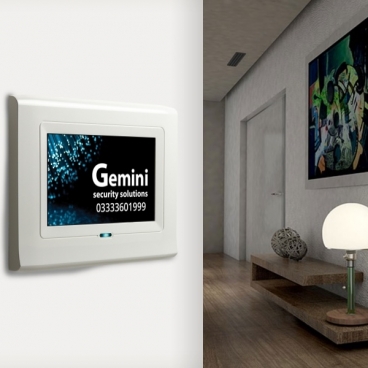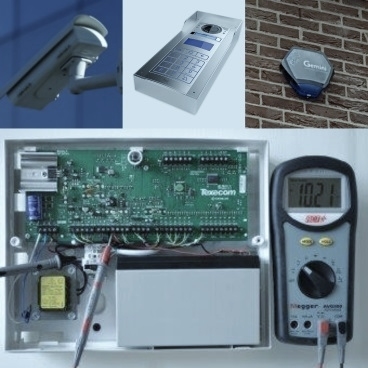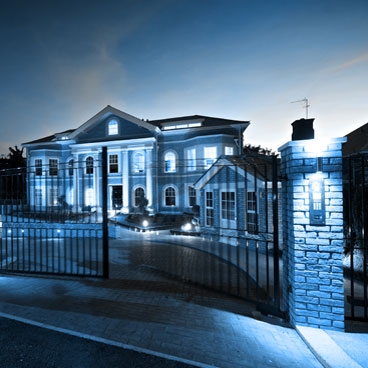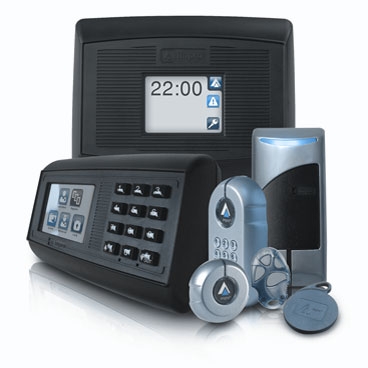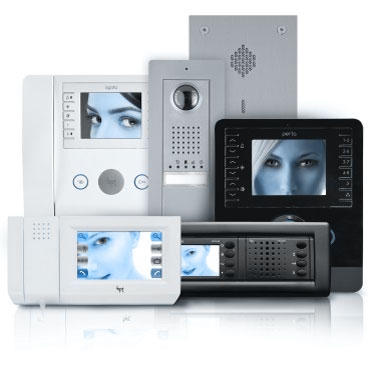What is Network Cabling?Network Cabling is the physical infrastructure that connects your devices, computers, cameras, printers, and access controls to your network. This allows your data to flow securely and efficiently between them. Why is Network Cabling Important?Network cabling is a crucial part of any digital network, as it's the backbone that allows data to be transferred from source to destination. Network cabling is one of the cornerstones of any network and is what allows fast and efficient data transfer. |
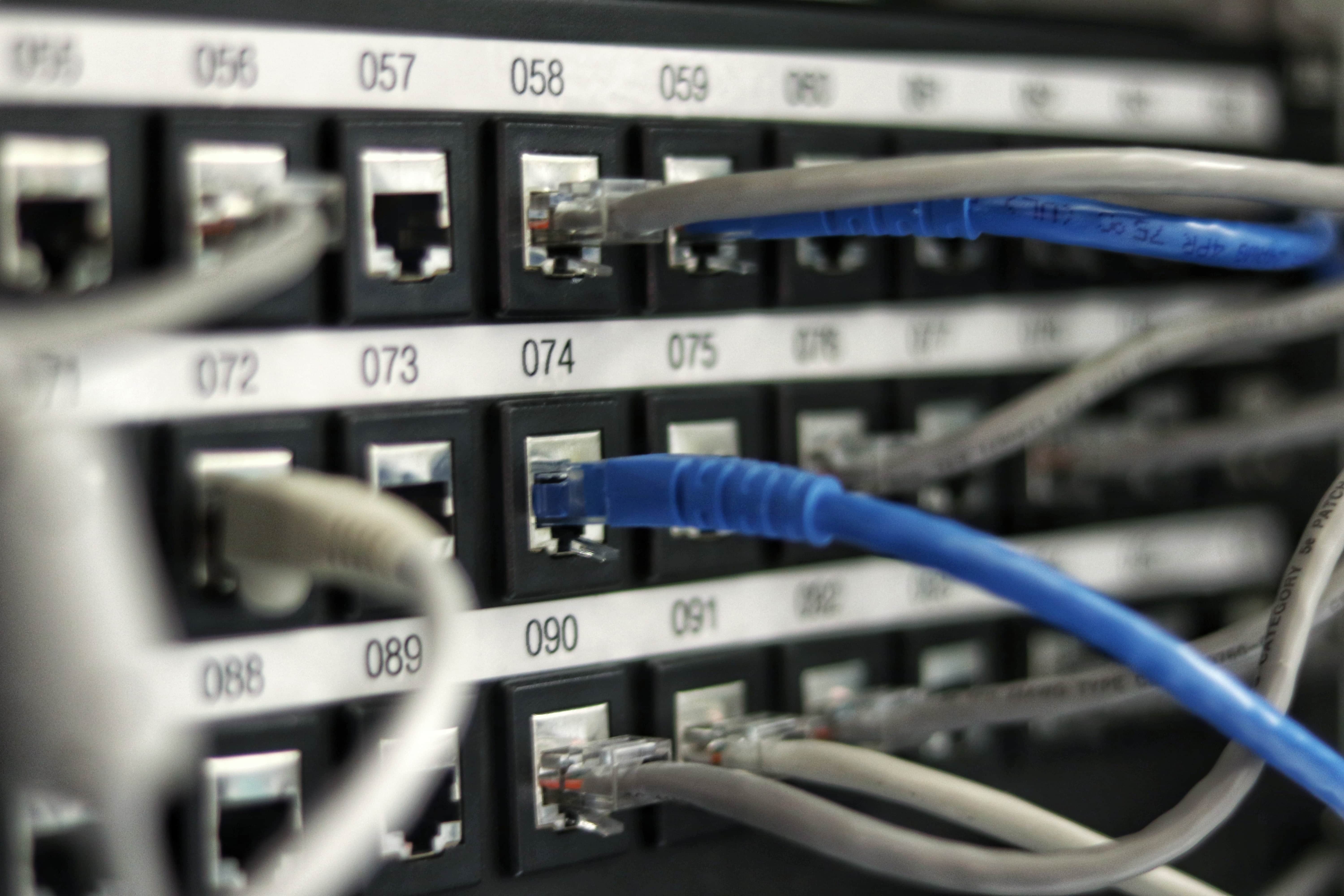 |
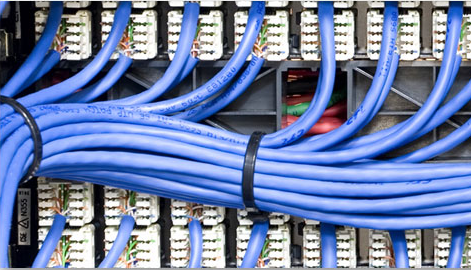 |
Benefits of Professional Network CablingEnhanced Performance and ReliabilityOur expertly installed cabling systems ensure a clear and efficient data pathway, reducing disruptions and connectivity issues. Whether you're running a busy office or a home-based business, smooth network performance means fewer headaches and more productivity.Improved SecurityA well-organised cabling layout reduces vulnerabilities and helps prevent unauthorised access. By minimising clutter and confusion, we access. By minimising clutter and confusion, we make it easier to monitor and secure your network from potential threats. Cost-Efficiency Over TimeProfessional Cabling Minimises maintenance costs and reduces downtime. With high-quality CAT5e, Cat6e, and Cat7 options, your cabling can last 10-20 years, outliving most other IT components while requiring minimal upkeep. Scalable For Future GrowthAs your business evolves, so will your network needs. Our structured cabling systems are designed with flexibility in mind, making it easy to expand or upgrade without costly overhauls. |
Moving Office or Expanding a Data Network?Our first step is for our IT engineer to discuss and assess your requirements, and then we'll design a solution to meet your estimated future needs. Your data cabling could serve you for 10 - 20 years, longer than any other part of your network, yet it may account for a relatively small proportion of your IT budget. It's important for any network to be future-proof as during this time frame, the demands on your IT infrastructure will increase as your network grows, so it's crucial to plan carefully to allow for growth and flexibility. There is one major thing to take into consideration when coming up with a plan for a network, and that's that once your network is installed, changes to it can be disruptive and expensive, so it's essential that your network is designed and installed correctly the first time. With over 25 years of cabling experience within many types of property, we will ensure that the system meets your requirements. |
 |
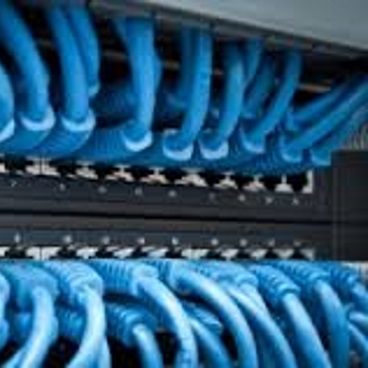 |
The Different Types of Network Cabling:Twisted Pair CablesThese cables are the most commonly used in modern network setups and include UTP (unshielded Twisted Pair) and STP (shielded Twisted Pair), each one having its role. Twisted Pair cables come in different categories, some of which you have probably heard of include:
Coaxial CablesCoaxial cables were once the backbone of early networks, but now they are mostly used in broadband and CCTV. There are two main types of coaxial cables that we use, and these are Single-core Coax cables and Multi-core Coax cables. Single-core Cables have one central copper conductor and are shielded for interference resistance; on the other hand, multi-core coax cables have multiple conductors for transmitting several signals simultaneously. Use Cases:
Fibre Optic Cables:These cables are the gold standard when it comes to the speed and distance that they can offer. The two main types of Fibre optic cables include SMF (single-mode Fibre) and MMF (Multi-Mode Fibre). Single-mode Fibre transmits one light signal, making it ideal for long distances and high-bandwidth applications. Multi-mode fibre transmits multiple signals, suited for shorter distances like campus networks or data centres. Advantages:
Patch CablesThese are short, flexible cables used to connect devices to switches, routers, or patch panels.
|
|
Advantages of Professional Network Cabling Reliable Connectivity:Professionally installed cabling ensures stable, uninterrupted data flow, reducing downtime and connection failure. We test our systems with diagnostic tools to guarantee performance from day one. High-speed Data TransmissionSupports gigabit and multi-gigabit speeds, essential for cloud access, video conferencing, and real-time collaboration. Professional network cabling is ideal for businesses handling large files, streaming, or AI-powered analytics. Scalability and Future-proofing:Structured cabling allows for easy expansion as your needs grow with no messy retrofits or costly rewiring. Professionally designed networks are ready for emerging tech and network expansions as your network needs grow. |
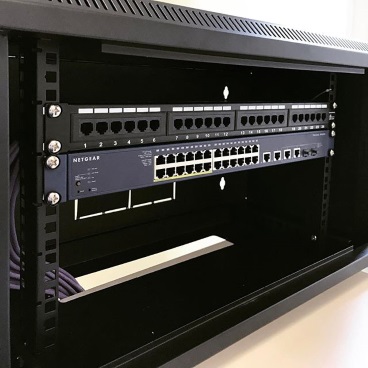 |
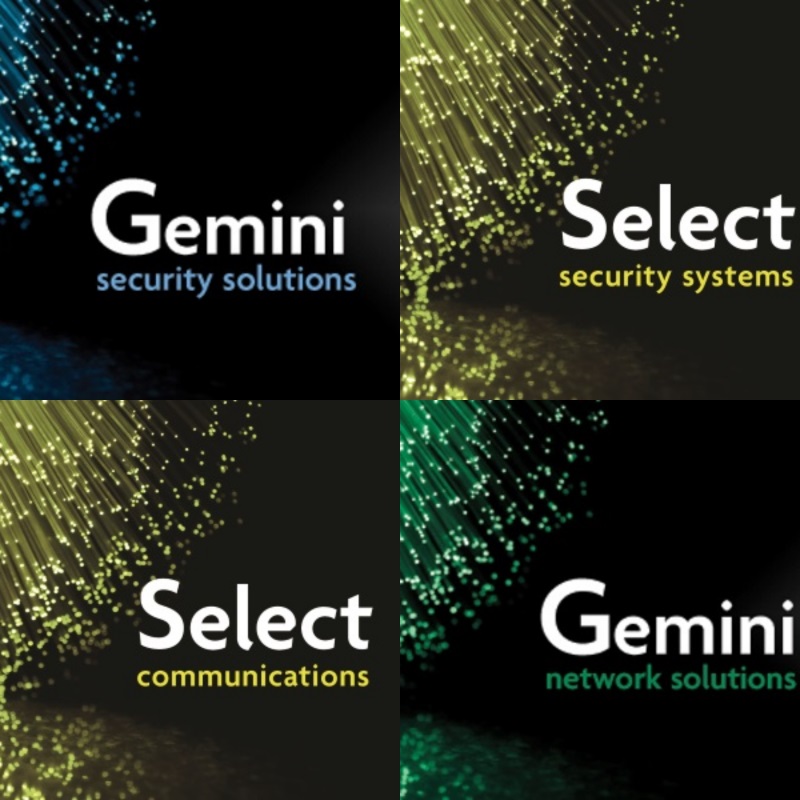 |
Why Choose Gemini Security Solutions: Engineer-Led ExpertiseEvery project begins with a site survey by qualified IT engineers, not sales reps. This allows the cabling layouts to be designed for maximum performance and minimal disruption, tailored to your property's layout and future needs. Scalable, Future-Proof DesignOur cabling structure supports gigabit speeds, PoE devices, and IoT integrations. Our systems are built to grow with your business, whether you're adding new departments or upgrading. Certified Quality and ComplianceAll of our installations are tested and certified to meet industry standards like TIA-568 and ISO/IEC 11801. Here at Gemini, we ensure full compliance with GDPR, insurance requirements, and data security protocols. Clean, Tidy, and AccessibleCables are neatly routed, labelled, and installed with future maintenance in mind. We work to build it into your workspace, supporting both aesthetics and functionality.
|









